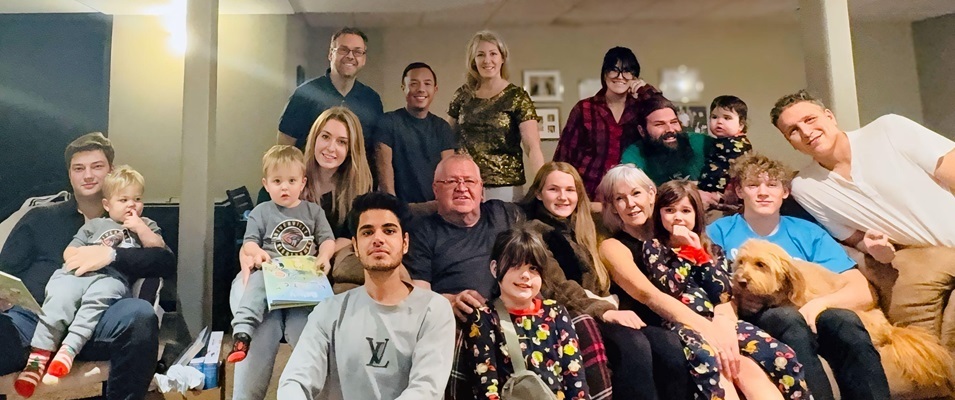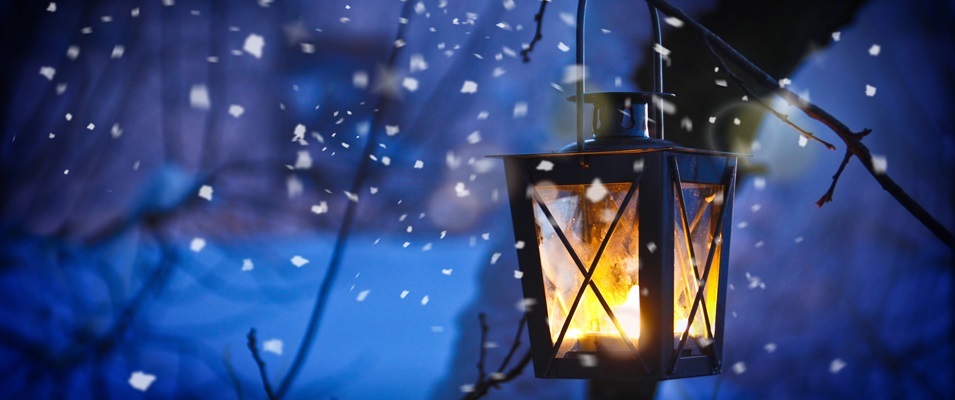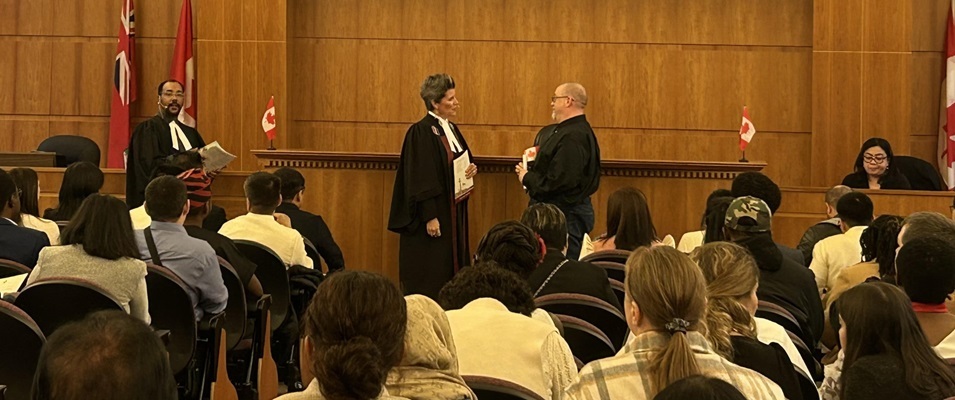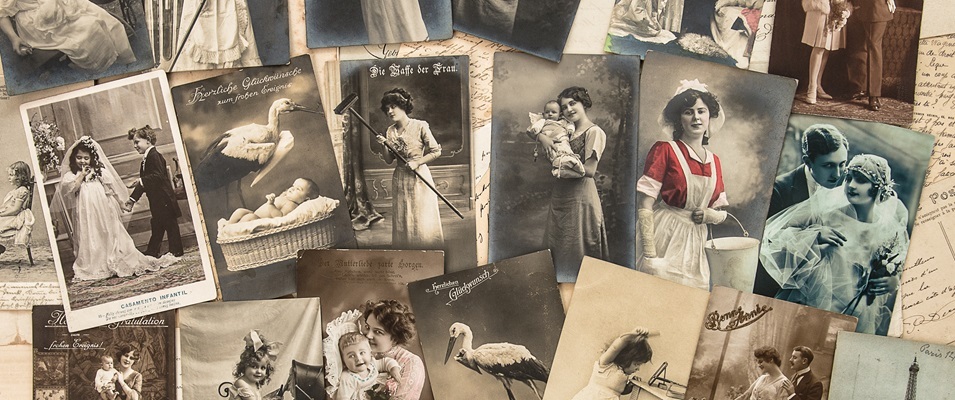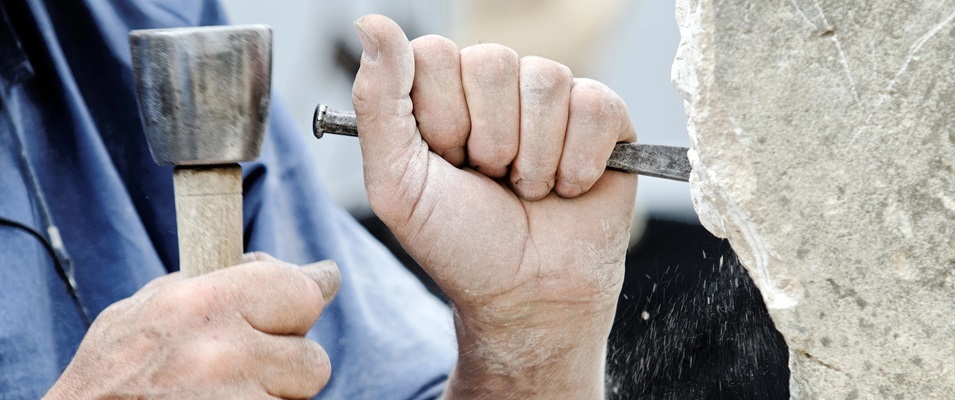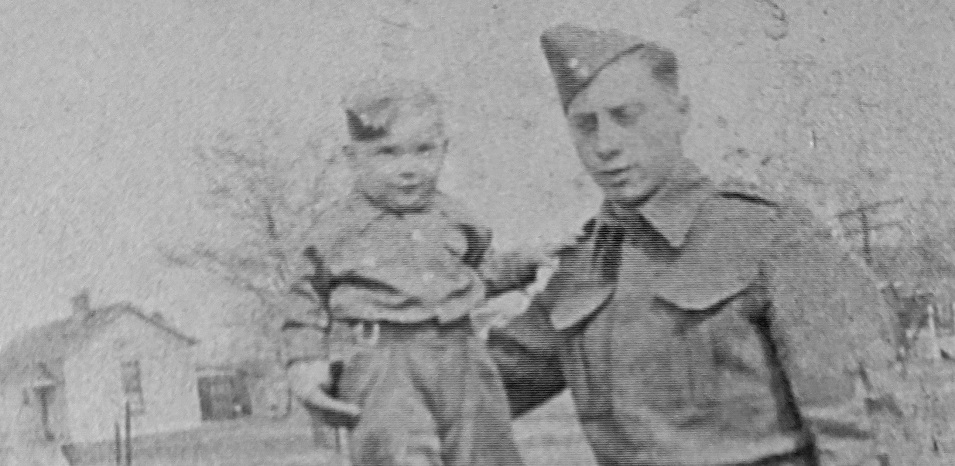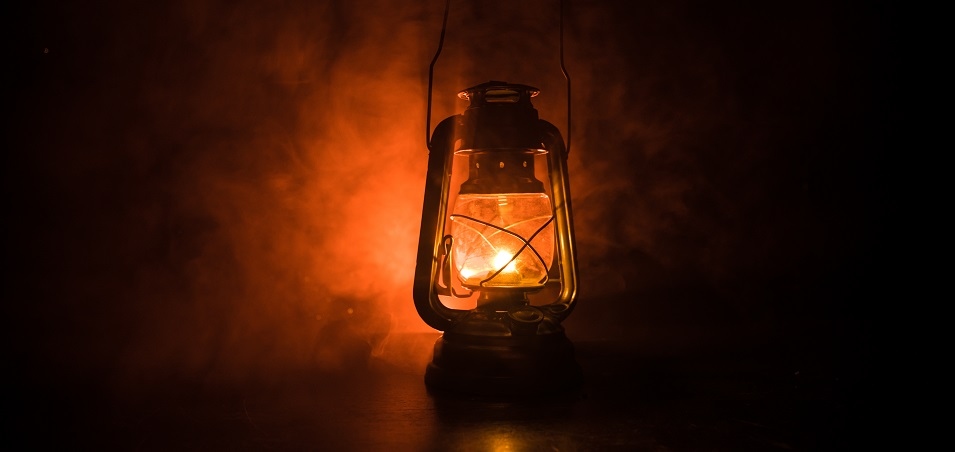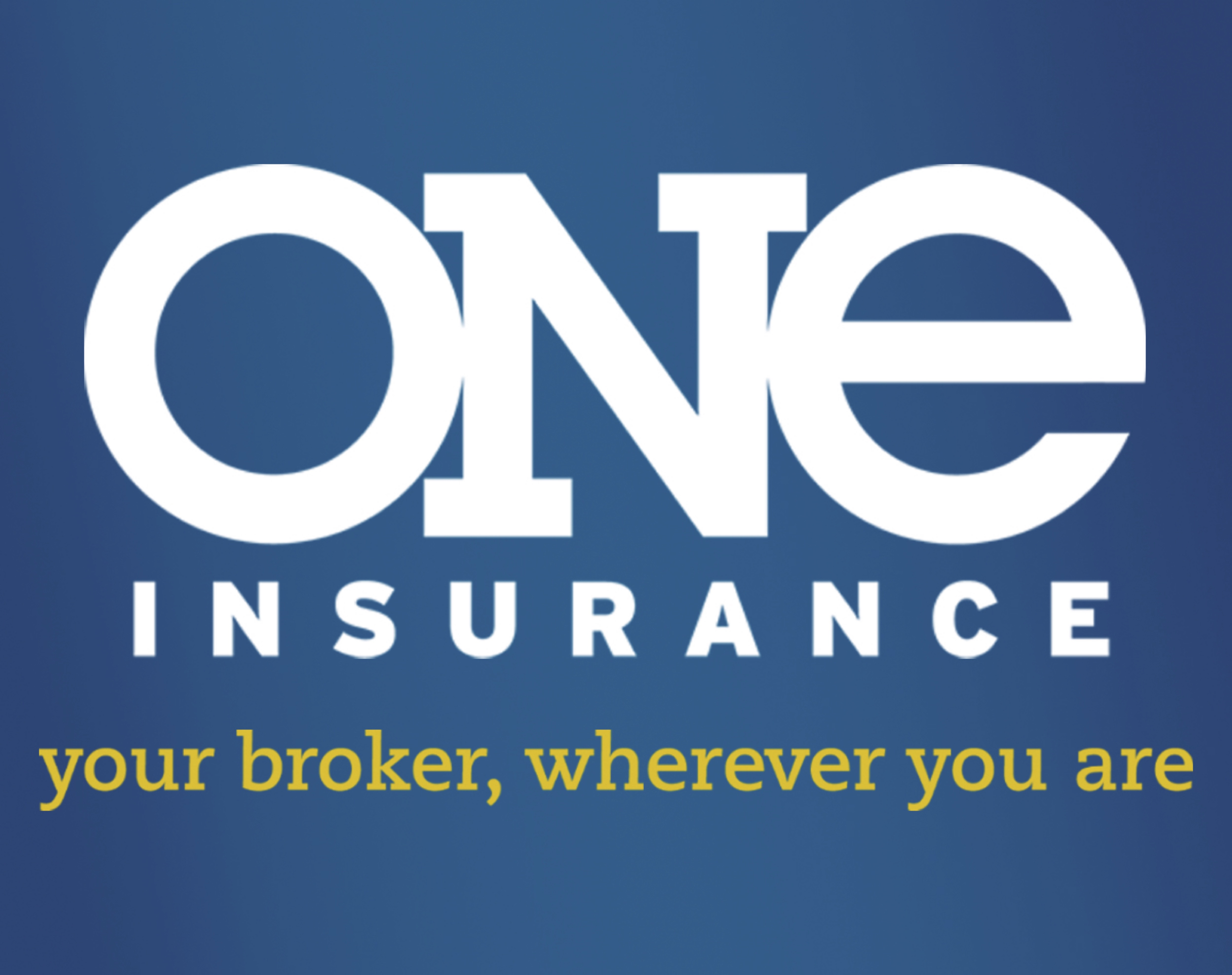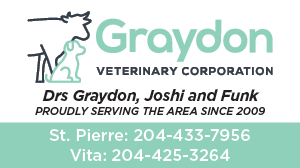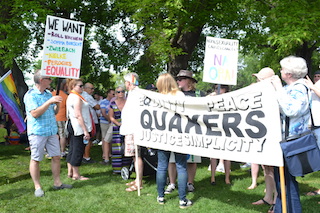
It can be difficult to explain the importance of a Pride march or festival to someone who has never had a homophobic slur shouted at them.
I still remember the first time someone hurled such a slur at me. I was 13, and I wasn’t out to anyone—not even myself—but some kid called me a “disgusting dyke.” Why? Because a friend and I had dressed up together for Halloween: her as Robin Hood, me as Lady Marian. We weren’t making a statement, we just really liked Robin Hood stories.
If you’ve never had someone call you disgusting because of who you are—your gender, your size, your skin colour, etc.—I hope you never experience it. It’s a terrible feeling, a combination of shame, anger, helplessness, and pain.
Much as I remember my first homophobic shaming, I also remember my first Pride. It was a hot, sunny day, and I burst into tears the first time a stranger looked at me and my girlfriend holding hands and wished me a happy Pride. It was so different from the blatant stares, conspicuous whispering, and expressions of disgust I was used to confronting that I broke down crying.
That’s why Pride is important. During that brief moment every year, the thing that all too often makes us scared to be ourselves is suddenly the thing being celebrated.
Growing up in Niverville, I didn’t know any gay, bisexual, or trans people. Except that of course I did. After all, surveys suggest that anywhere from two to ten percent of the population is queer. I just didn’t know anyone who was open about it. And I can’t blame them, or myself, because who would want to tell everyone “I’m gay” when their classmates regularly use that word to mean disgusting and terrible? And how brave do you have to be to tell your parents “I’m bisexual” if you think their response might be to kick you out of your home?
When I heard that Steinbach was going to have a Pride march in 2016, I could barely believe it. Unable to attend, I watched social media attentively on the day of the event, waiting to see if people would show up and if anti-gay protesters would arrive to hurl threats of hellfire at the marchers. I should have had more faith, though, because the event went on swimmingly, with thousands of people in attendance.
This year was the first year I was able to be at Steinbach Pride. The crowd was estimated to be 500 strong—smaller than that first year, but bigger than I would have imagined five years ago. Sure, there were remarks in the crowd about the conspicuous absence of any local politicians in attendance, but 500 people walked down the street behind the rainbow flag, and that made me feel, perhaps for the first time, truly welcome in this part of the province.
Personally, I will never understand the hatred and phobia that some people have for LGBTTQ* persons. Who I love doesn’t really affect anyone other than myself and my spouse, so why do so many people seem to be upset about it?
As an educator, I encourage young people to treat all other human beings well, but also to judge others not on their identity but on their character. If someone punches you in the face, I would say it’s probably okay to dislike them. But it’s not fair to dislike someone or treat them poorly because of their skin colour, or their physical abilities, or their orientation, or their size. The encouraging thing is that most kids understand this concept.
Huge strides have been made in the past decades as far as protecting the human and civil rights for LGBTTQ* people, particularly in Canada. Openly gay and trans people can serve in the military, discrimination based on sexual orientation or gender identity/expression is prohibited, and same-sex couples can legally marry and adopt children. And yet for many people, living openly and honestly in their community is a challenge.
And so Pride marches on, in Steinbach and elsewhere.





